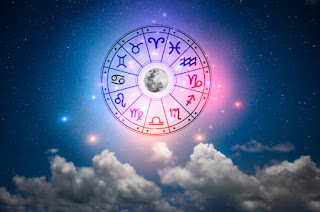On Tuesday, the skies over southern Greece took on an otherworldly hue as dust clouds from North Africa swept across the Mediterranean Sea and enveloped the Acropolis and other Athens landmarks. The strong southerly winds carried fine particles of dust from the Sahara Desert, casting an orange filter over the Greek capital during the last hours of daylight.
The scene resembled something out of science fiction—a Martian landscape transposed onto the ancient city. The normally clear blue skies were replaced by an eerie, rust-colored glow. Residents and visitors alike marveled at the unusual spectacle, capturing photos and sharing them on social media.
What Caused the Martian-Like Skies? The dust clouds originated in the Sahara Desert, where powerful winds lifted particles into the atmosphere. These winds then carried the dust across the Mediterranean Sea, depositing it over Athens. The effect was akin to a Martian dust storm, with the sun’s rays filtering through the fine particles, creating an otherworldly ambiance.
Impact on Weather and Environment While the Martian skies fascinated observers, they also had practical implications. The stifling dust reduced visibility and prompted health advisories for vulnerable populations. Additionally, the unseasonal early wildfires in southern Greece were exacerbated by the dry conditions and strong winds.
Forecast and Recovery Meteorologists predict that the skies will clear as winds shift and disperse the dust. Temperatures are expected to dip, providing relief from the heatwave that gripped parts of the country. However, the incident serves as a reminder of the interconnectedness of global weather patterns and the impact of desert dust on distant regions.
As the Martian skies gradually fade, Athenians will return to their daily lives, but the memory of this extraordinary event will linger—a surreal blend of ancient history and otherworldly phenomena.



Comments
Post a Comment